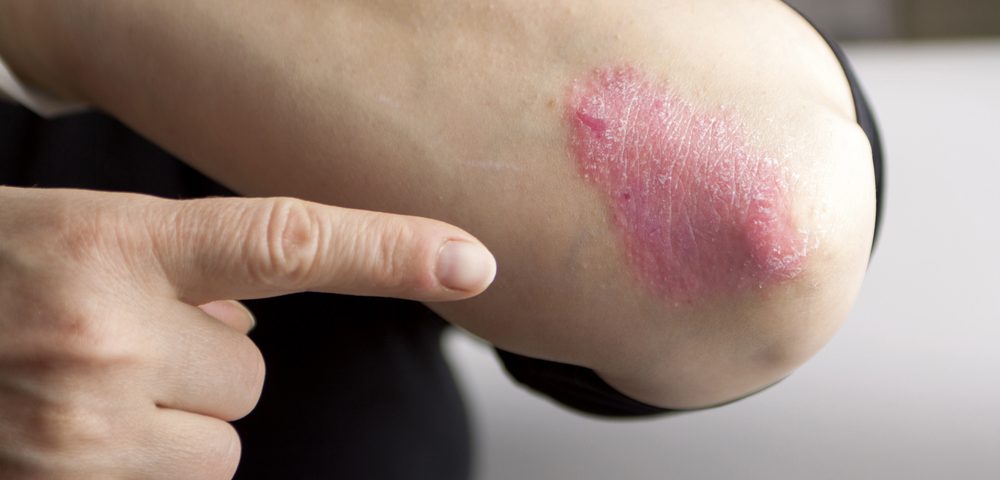A study published in the Journal of Rheumatology titled “Fibromyalgia on Common Clinical Disease Activity Indices in Patients with Psoriatic Arthritis: A cross-sectional study,” revealed that the co-existence of fibromyalgia (FM) in patients with psoriatic arthritis (PsA) is responsible for worse scores in common clinical disease activity indices.
With the intent to do a cross-sectional study, Shay Brikman and colleagues investigated the presence of fibromyalgia in 73 patients with psoriatic arthritis, according to the American College of Rheumatism criteria (2010 and 1990). Fibromyalgia was present in 13 patients, corresponding to an overall prevalence of 17.8 percent.
All patients were submitted to several evaluations that included: Health Assessment Questionnaire (HAQ); the Bath Ankylosing Spondylitis Disease Activity Index (BASDAI); the Dermatology Life Quality Index; the Leeds Enthesitis Index (LEI); the Composite Psoriatic Disease Activity Index (CPDAI); minimal disease activity (MDA); and the Disease Activity index for Psoriatic Arthritis (DPSA) scores.
With the exception of one patient, all patients with coexisting fibromyalgia and psoriatic arthritis were women. None of the patients with fibromyalgia and psoriatic arthritis met minimal disease activity (MDA) criteria. In contrast, 43.3 percent of patients with only PsA met the criteria. CPDAI and DAPSA scores were 9.23+/-1.92 and 27.53+/-19.23, respectively, in patients with PsA and fibromyalgia; and 4.25+/-3.14 and 12.82+/-12.71, respectively, in patients with psoriatic arthritis only.
CPDAI and DAPSA scores were significantly higher in patients with fibromyalgia and psoriatic arthritis than in patients who suffered from PsA alone. HAQ, BASDAI, and LEI scores were also significantly worse in patients with fibromyalgia and psoriatic arthritis, when compared to those of patients diagnosed with psoriatic arthritis only.
All clinical evaluations conducted in this study showed worse scores in patients with both fibromyalgia and psoriatic arthritis than in patients with psoriatic arthritis only, revealing that PsA disease is negatively influenced by fibromyalgia. Therefore, the impact of fibromyalgia should be considered to determine the more adequate treatment for psoriatic arthritis and to avoid unnecessary treatment upgrade.
Researchers at the Gaziantep University Faculty of Medicine in Turkey investigated the effects of balneotherapy in the treatment of fibromyalgia compared to education alone, and found that adding this therapy to patient education has both short- and long-term benefits on fibromyalgia patients. The research paper, “Comparison of education and balneotherapy efficacy in patients with fibromyalgia syndrome: A randomized, controlled clinical study,” was published in Agri (The Journal of the Turkish Society of Algology).

